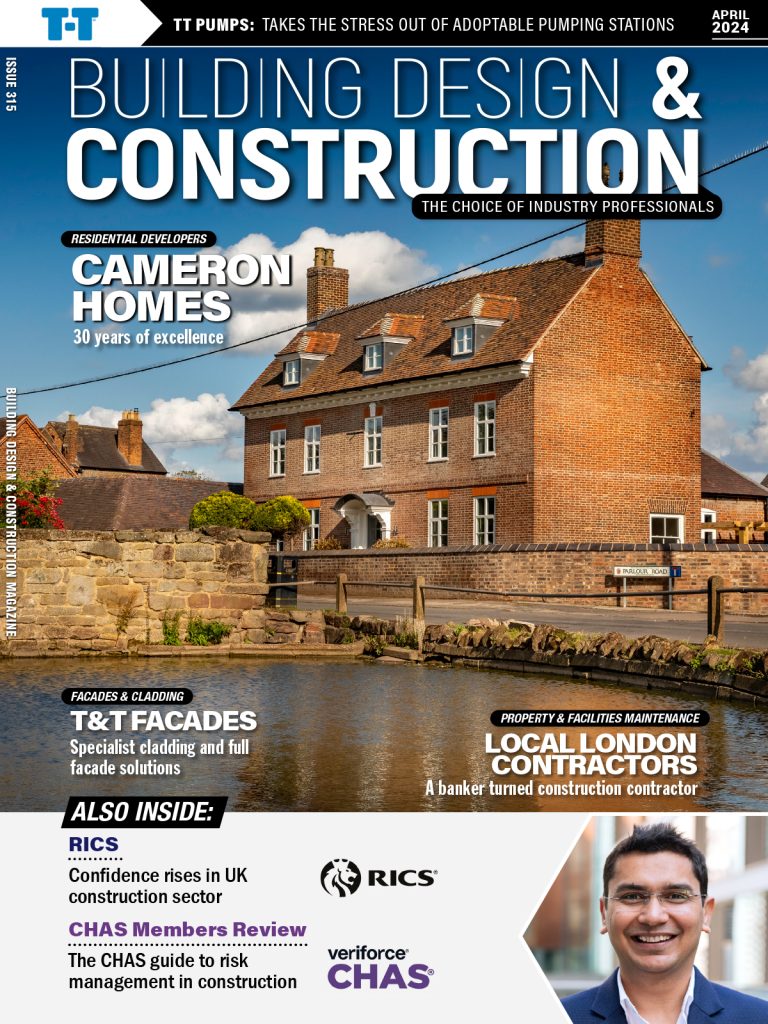The RIBA Future Trends Workload Index increased significantly in November, rising to +27 (up from +18 in October); this suggests that confidence levels within the profession have stabilised towards the end of the year. All nations and regions in the UK returned positive balance figures.
Large practices (51+ staff) remain the most positive about future prospects (balance figure +100), compared with medium-sized (11–50 staff, balance figure +32) and small practices (1–10 staff, balance figure +24).
By far the most robust of the sector forecasts throughout 2015, the private housing sector forecast was unchanged in November (+25). The public sector and community sector workload forecasts were also unchanged (balance figures –3 and +3 respectively); the commercial sector workload forecast increased to +14 in November (from +7 in October).
The RIBA Future Trends Staffing Index also recovered lost ground, rising to +14 in November (up from +9 in October). Only 2% of practices expect to have fewer staff at the end of the next quarter.
Large practices continue to be more confident about increasing staff numbers (balance figure of +50) compared with either small (+10) or medium-sized practices (+33).
RIBA Executive Director Members Adrian Dobson said:
“Commentary from our participating practices is generally upbeat as we look ahead to 2016. We have seen further evidence of increases in fee levels, as well as confirmation that practices are finding it is taking more time to recruit new staff with appropriate skills while the employment market continues to improve. A few practices sound a note of caution that increases in construction tender prices are leading some clients to question the viability of projects moving into the construction phase.”
ENDS
Notes to editors:
1. For further press information contact Callum Reilly in the RIBA press office: callum.reilly@riba.org 020 7307 3757
2. The Royal Institute of British Architects (RIBA) champions better buildings, communities and the environment through architecture and our members.
Architecture.com
Follow @RIBA on Twitter for regular updates www.twitter.com/RIBA
3. Completed by a mix of small, medium and large firms based on a geographically representative sample, the RIBA Future Trends Survey was launched in January 2009 to monitor business and employment trends affecting the architects’ profession.
4. The Future Trends Survey is carried out by the RIBA in partnership with the Fees Bureau. Results of the survey, including a full graphical analysis, are published each month at: http://www.architecture.com/RIBA/Professionalsupport/FutureTrendsSurvey.aspx
5. To participate in the RIBA Future Trends Survey, please contact the RIBA Practice Department on 020 7307 3749 or email practice@riba.org. The survey takes approximately five minutes to complete each month, and all returns are independently processed in strict confidence
6. The definition for the workload balance figure is the difference between those expecting more work and those expecting less. A negative figure means more respondents expect less work than those expecting more work. This figure is used to represent the RIBA Future Trends Workload Index, which for November 2015 was +27
7. The definition for the staffing balance figure is the difference between those expecting to employ more permanent staff in the next three months and those expecting to employ fewer. A negative figure means more respondents expect to employ fewer permanent staff. This figure is used to represent the RIBA Future Trends Staffing Index, which for November 2015 was +14
Posted on Monday 21st December 2015




